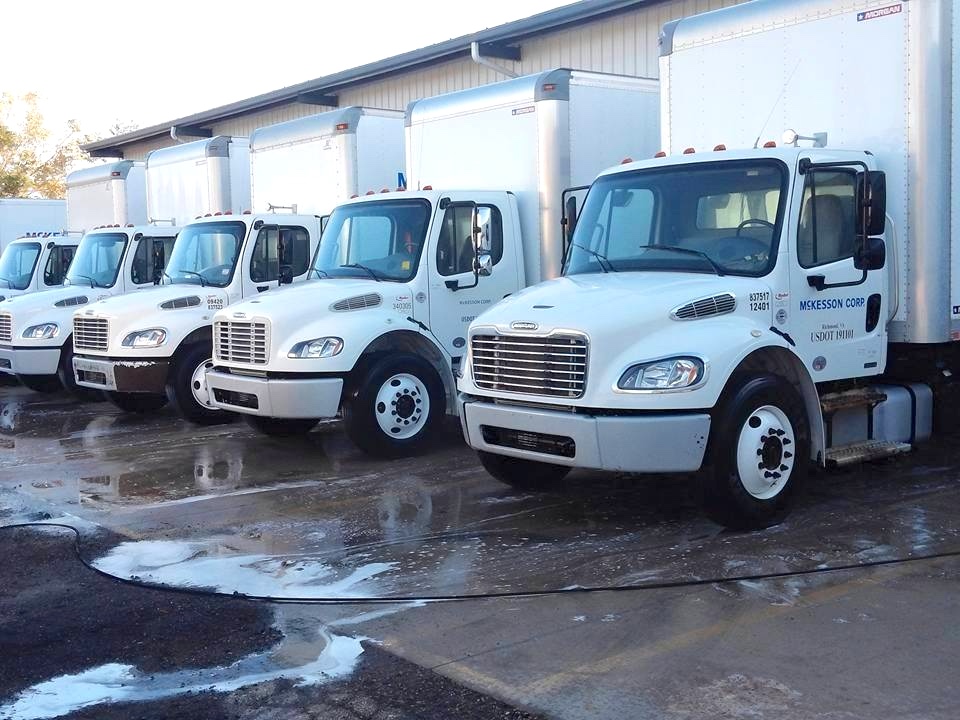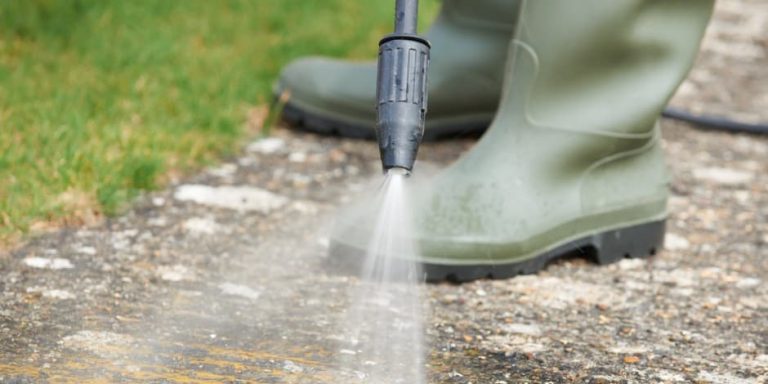
When people think about power washing and the environment, they often focus on water usage. But there’s another key issue hiding in plain sight: energy consumption and emissions, especially from mobile power washing fleets. 🛢️🌍
Diesel generators, gas-powered washers, and truck-mounted tanks make traditional pressure washing energy-intensive. Without proper scheduling and route planning, these systems can contribute significantly to air pollution, fuel waste, and operational costs.
This article explores how smart scheduling and energy-efficient strategies can transform your power washing fleet into a cleaner, greener, and more profitable operation.
⚙️ The Energy Impact of Power Washing Fleets
Most commercial power washing businesses operate:
- One or more trucks or trailers
- Gas or diesel engines to power washers and water heaters
- Long routes across urban or suburban areas
- Occasional use of backup generators or compressors
The result?
- 🚚 Tons of fuel burned during transit and idle time
- ⚡ Electricity or gas used to heat water (often unnecessarily)
- 💨 Significant emissions of carbon dioxide, nitrogen oxides, and particulates
When unoptimized, fleets become mobile pollution sources.
🛣️ The Role of Route Efficiency
Long, disorganized routes = more emissions and time on the road. Instead:
- 🗺️ Use routing software (like Route4Me or Circuit)
- 📍 Group clients by neighborhood or zone
- 📆 Consolidate appointments in the same area on one day
- 🕒 Schedule jobs outside of rush hour
These adjustments alone can cut travel distance and idle time by 30% or more.
🌡️ Scheduling for Temperature and Efficiency
Heat plays a big role in energy use:
- On hot days, power washers need less water heating
- Dry conditions = less time drying surfaces
- Evening hours = less ambient heat loss
💡 Optimal energy-efficient times: Early morning or late afternoon in warm weather months
🧰 Upgrade Equipment to Match Demand
Energy-efficient scheduling only works if your tools are up to date. Look for:
- Electric-powered washers instead of gas
- Cold-water units where heat isn’t necessary
- Variable-pressure nozzles to conserve energy
- Battery-powered auxiliary systems for lights, pumps, and valves
Modern equipment can reduce fuel and energy consumption by 25–40%. ⚙️🔋
Browse Amazon Here For Commercial Pressure Washers And Accessories
🧮 Data-Driven Scheduling
Smart businesses track:
- Gallons of fuel per job
- Hours of machine runtime
- On-site idle time
- Average commute distance per client
By gathering this data, you can:
- Set benchmarks for fuel and emissions
- Identify and eliminate inefficient routes or clients
- Predict seasonal demand and avoid peak congestion
📊 Less guesswork = more profit + lower emissions.
💬 Communicate with Clients
Let customers know:
- You’re scheduling for environmental responsibility
- Your windows of availability are set to minimize driving and energy use
- You’ll consolidate appointments in their area for efficiency
🌿 Most customers appreciate businesses that go the extra mile for sustainability.
💡 Bonus Tip: Combine Services
If you offer additional services—window cleaning, landscaping, gutter clearing—bundle jobs on the same visit to avoid redundant travel. One truck, one trip, multiple tasks. ✅
🧠 Final Thoughts
Reducing emissions and fuel consumption isn’t just good for the planet—it’s also good for business. By planning smarter routes, adopting cleaner equipment, and making small adjustments to scheduling, power washing fleets can dramatically lower their carbon footprint while improving customer satisfaction and operational costs.
Clean more. Drive less. Wash smarter. 🌱🚛
Browse Amazon Here For Commercial Pressure Washers And Accessories






